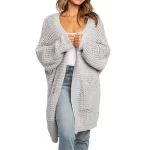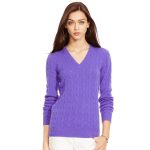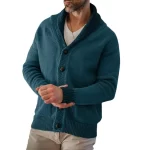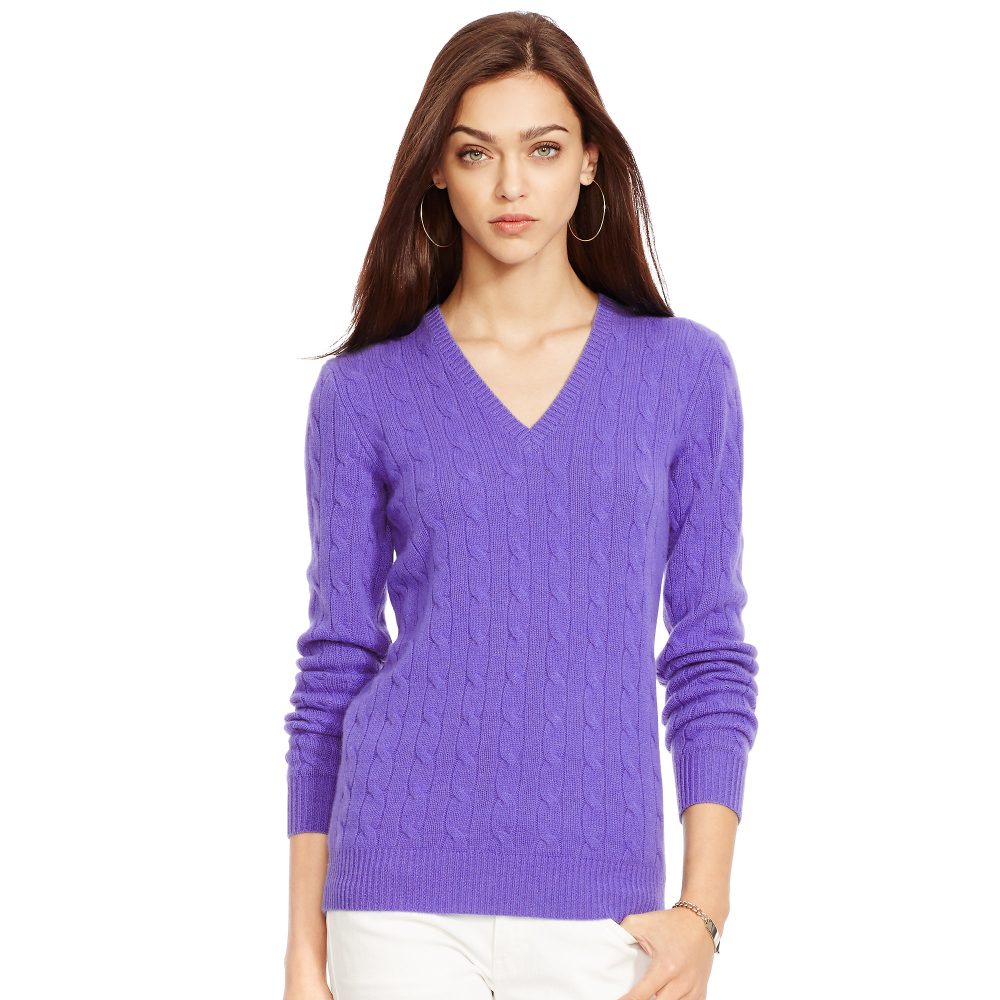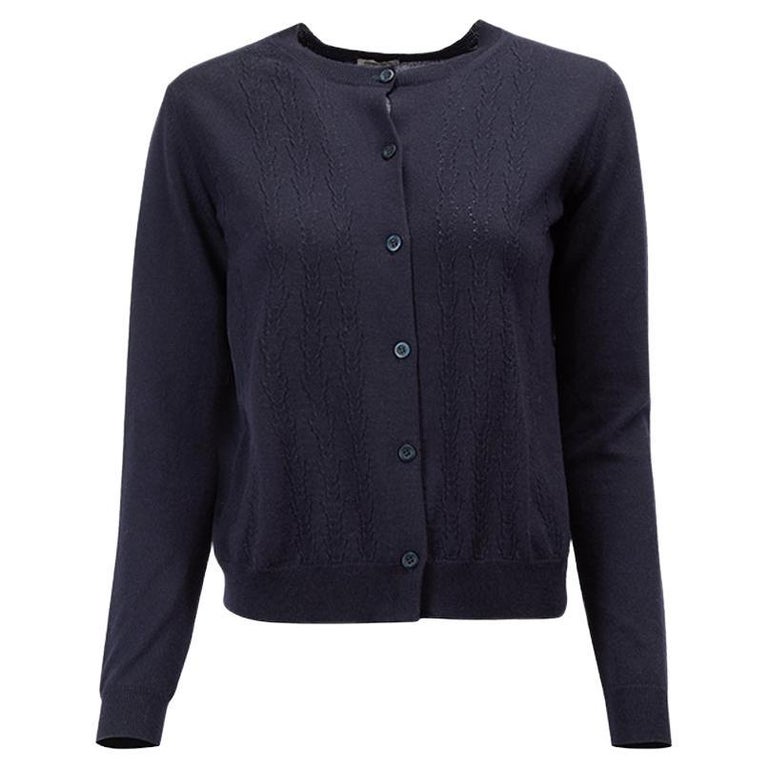What Are Compression Socks?
Compression socks are specialized hosiery designed to aid in the circulation of blood. They apply gentle pressure to your legs and ankles. This pressure promotes blood flow from your lower extremities to your heart. They can help prevent blood clots, reduce swelling, and alleviate pain. Made from a combination of elastic and soft fibers, they come in various sizes, lengths, and tightness levels.
Compression socks are not one-size-fits-all. They cater to different needs, from athletes seeking performance benefits to individuals managing medical conditions. For those wondering ‘do compression socks help with swelling?’, the answer is yes, they can be very beneficial. Incorporating compression socks into your daily routine could make a significant difference in swelling and comfort levels.
The Science Behind Compression Therapy
Understanding how compression socks aid in reducing swelling starts with a look at the science behind compression therapy. Our veins and lymphatic systems work tirelessly to move blood and other fluids back to the heart. When these systems don’t work efficiently, it can result in the buildup of fluid, leading to swelling, known as edema.
Compression therapy through the use of socks or stockings exerts pressure on the tissues beneath the skin. This pressure narrows the diameter of swollen veins, which helps speed up the velocity of the blood flow. Better blood flow means less chance for the blood to pool in the lower extremities and cause swelling. Moreover, it also assists the lymphatic system in removing excess fluid more effectively. As a result, do compression socks help with swelling? They certainly do by supporting the body’s natural functions.
The graduated compression of these socks means the pressure is higher at the ankles and decreases up the leg. This gradient supports the upward return of blood back to the heart. At its core, the science of compression therapy lies in enhancing circulation and providing a boost to the body’s own mechanisms for maintaining fluid balance.
While the science is straightforward, it’s clear that wearing compression socks can be a simple yet effective way to manage swelling. They also play a role in preventing complications like deep vein thrombosis. For maximum effectiveness, it’s essential to choose the right type of compression sock and use it as advised, a topic which we will explore in the following sections.

Types of Compression Socks
Knowing the different types of compression socks is key to understanding their benefits and uses. There are mainly four types available, each designed for specific needs and preferences.
Graduated Compression Socks
These are the most common types used for swelling. Graduated compression socks offer the tightest pressure at the ankle, which decreases up the leg. This design helps in pushing the blood flow back towards the heart, combating the effects of gravity. They are often recommended for individuals who stand or sit for long periods.
Anti-Embolism Socks
Also known as TED hose, these are designed for those who are non-ambulatory or bedridden. They have a similar graduated compression design but are prescribed for patients with a risk of blood clots and deep vein thrombosis, especially after surgery.
Non-medical Support Hosiery
These provide uniform compression that is less intense than medical-grade socks. You can buy them without a prescription. They are ideal for tired, achy legs associated with light swelling. People in jobs that require extended periods of standing often use these.
Athletic Compression Socks
Athletes favor these to boost performance and reduce muscle fatigue. They might not be graduated and provide varying levels of pressure. They can also help with swelling by promoting circulation during physical activity.
In summary, ‘do compression socks help with swelling?’ is not a one-answer question. The type of compression sock one chooses plays a pivotal role in the level of effectiveness in reducing swelling. It is crucial to choose the right type according to one’s lifestyle and specific health requirements to ensure the best results.
Benefits of Wearing Compression Socks for Swelling
Wearing compression socks offers several advantages for those dealing with swelling. These benefits go beyond just reducing the puffiness. By improving circulation, compression socks support overall leg health. Here’s how they can help:
- Reduce Swelling: Compression socks exert pressure that promotes blood flow. This reduces fluid buildup in the legs.
- Alleviate Pain: Good blood flow eases leg pain. Wearing compression socks can make standing or sitting more comfortable.
- Prevent Varicose Veins: By avoiding blood pooling, these socks may help stop varicose veins from forming.
- Enhance Recovery: Post-exercise or surgery, compression socks speed up recovery by reducing inflammation.
- Support Daily Activities: For those on their feet all day, these socks lessen discomfort and swelling.
By incorporating compression socks into your routine, you stand to gain relief and comfort. They help maintain active lifestyles without the hindrance of swollen, painful legs. Remember to consult with a healthcare professional to ensure the best fit and level of compression for your needs. This is especially important to maximize the benefits and avoid potential side effects. So, do compression socks help with swelling? Absolutely, and they offer a host of additional perks for your health and wellbeing.

How to Choose the Right Compression Socks
Choosing the right compression socks is crucial for maximizing their benefits. Here are the steps to ensure you select the best pair for your needs:
- Measure Your Legs: Accurate measurements of your legs are the foundation of a good fit. Measure your legs in the morning to avoid any swelling that may occur throughout the day.
- Understand Compression Levels: Compression socks come in various levels measured in mmHg (millimeters of mercury). Lower mmHg suits everyday wear, while higher levels are for severe swelling or post-surgery recovery.
- Consult with Professionals: Speak with a healthcare provider to get advice on the appropriate compression level, especially if you have a medical condition.
- Consider Material and Style: Look for materials that are comfortable and offer moisture-wicking properties. Choose a style, whether knee-high or thigh-high, that fits your lifestyle and wardrobe.
- Check for Graduated Compression: Graduated compression socks are often the best choice for swelling as they provide pressure that decreases from the ankle up.
- Review Return Policies: Ensure you can return or exchange the socks if they don’t fit well or if they are not the right kind for you.
By following these guidelines, you can select compression socks that will help with swelling and provide comfort for your legs. Do compression socks help with swelling? Yes, especially when you have the right fit and type tailored to your needs.
Proper Ways to Wear and Use Compression Socks
Properly wearing compression socks is key to their effectiveness. To get the most out of your compression socks and ensure they help with swelling, follow these tips:
- Put Them On Correctly: Slip your foot into the sock, and gradually roll or pull the sock up your leg. Make sure the sock is smooth and wrinkle-free.
- Wear Them During the Day: It’s best to wear compression socks during the day, especially if you spend a lot of time sitting or standing. Remove them before bed.
- Don’t Roll or Fold Them: Rolling or folding the tops of compression socks can make them too tight, causing blood flow problems instead of helping.
- Keep Skin Dry: Before putting the socks on, ensure your skin is clean and dry. This helps prevent skin irritation.
- Follow Duration Recommendations: Follow your healthcare provider’s advice on how long to wear the socks each day. Some may only need a few hours, while others might need them all day.
- Check the Fit Regularly: Your legs may change size, so regularly check that your socks still fit. They should be snug but not painful.
By following these simple steps, you can comfortably wear compression socks and let them work to reduce your swelling effectively. Do remember, proper usage is as important as selecting the right compression socks.
Potential Side Effects and Precautions
While many ask ‘do compression socks help with swelling?’, it’s vital to also understand the potential side effects and necessary precautions when using these socks.
- Skin Irritation: Some may experience skin irritation or allergic reactions to the material of the socks. Always choose socks made of hypoallergenic fabrics.
- Poor Circulation: If compression socks are too tight, they can hinder rather than help blood flow. Ensure they fit correctly.
- Nerve Damage: Very tight compression socks can cause nerve damage. It’s crucial to have the right size.
- Infection Risk: A damp environment can promote fungal infections. Keep feet dry and clean.
- Avoid If Certain Conditions Exist: People with certain conditions, like peripheral neuropathy or other types of nerve damage, should not wear compression socks without a doctor’s approval.
- Correct Use Is Key: Incorrect use, such as wearing socks that are too tight or wearing them for too long, can increase the risk of side effects.
- Watch for Changes in Skin Color or Sensation: Any changes may indicate that the socks are too tight or being worn improperly. Consult a healthcare professional if you notice any issues.
Remember, ‘do compression socks help with swelling?’ is a question with a positive answer, provided the socks are used correctly and in the right context. Always follow product guidelines and healthcare advice to minimize risks.
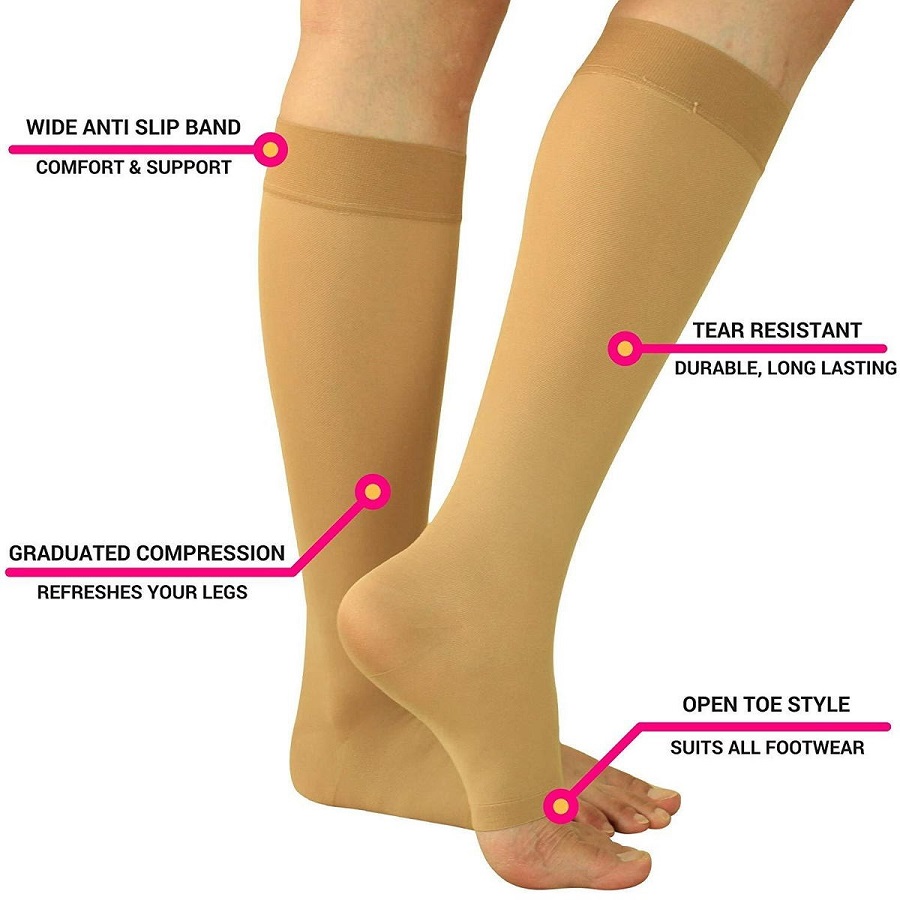
Real-Life Success Stories: Compression Socks in Action
One of the most compelling ways to answer ‘do compression socks help with swelling?’ is through real-life success stories. People from various backgrounds and with different needs have experienced the incredible benefits that compression socks can provide. Here are some examples that highlight their effectiveness:
- Marathon Runner: A marathon runner had persistent swelling in her legs post-race. After using graduated compression socks, she noticed a significant reduction in swelling and an increase in her comfort during recovery.
- Air Traveler: A frequent flyer used to suffer from swollen ankles after long flights. Compression socks helped maintain normal circulation. Now, he steps off the plane without the discomfort he once felt.
- Pregnant Woman: Swelling is a common issue during pregnancy. A pregnant woman found relief by wearing maternity compression socks, which reduced her leg swelling and prevented varicose veins.
- Office Worker: An office worker who sits at a desk all day used to have swollen, achy legs by evening. With the daily use of compression socks, she now enjoys more comfortable and less swollen legs.
- Post-surgery Patient: A man recovering from leg surgery faced the risk of blood clots. Anti-embolism compression socks played a vital role in his recovery by reducing swelling and promoting blood flow.
These stories are just a few instances where compression socks have made a noticeable difference. They not only support the idea that compression socks help with swelling but also show that they can improve overall quality of life. It’s clear that the right pair of compression socks, worn properly, can be a simple yet powerful tool in managing leg health.

